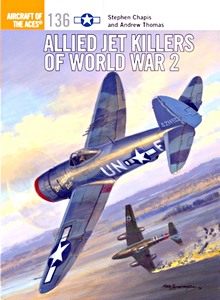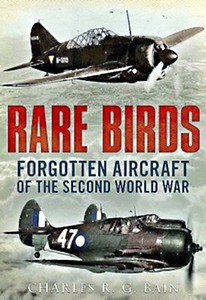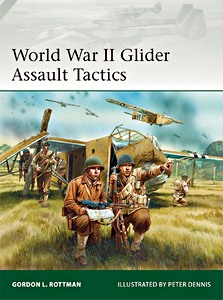Alliierte Jagdflugzeuge - 1939-1945 (Typenkompass)
Am Ende des Zweiten Weltkrieges waren die Kolbenmotor-Jagdflugzeuge auf dem absoluten Gipfel ihrer Entwicklung. Innerhalb von nur fünf Jahren waren hochgezüchtete Maschinen entstanden, deren Leistungsdaten noch heute beeindrucken: Zwölfzylindermotoren mit beinahe 2.000 PS machten Geschwindigkeiten von über 700 km/h möglich.
Nach Ende des Zweiten Weltkrieges verdrängten die Stahltriebwerke den Kolbenmotor als Primärantrieb von Jagdflugzeugen.
Geblieben sind jedoch klingende Namen wie "Hurricane", "Spitfire" oder "Mustang" - Maschinen, die auf Flugtagen regelmässig tausende Zuschauer mit ihren Darbietungen (und dem Sound) begeistern.
![Seiten aus dem Buch [TK] Alliierte Jagdflugzeuge (1)](../afb/details/PP03745.jpg)
Jeder Typ wird mit einem Foto, einer historischen Beschreibung und einem technischen Datenblatt vorgestellt.
Details
| Autor: | Alexander Lüdeke |
|---|---|
| Ausführung: | 128 Seiten, 20.5 x 14 cm, kartoniert |
| Abbildungen: | 67 s/w-Abbildungen und 50 Farbfotos, 19 Zeichnungen |
| Verlag: | Motorbuch Verlag (D, 2015) |
| Serie: | Typenkompass |
| ISBN: | 9783613037458 |

Alliierte Jagdflugzeuge - 1939-1945
Sprache: Deutsch
Erhältlich bei Amazon - sichere Zahlung und schnelle Lieferung
Kaufen bei Amazon DE










